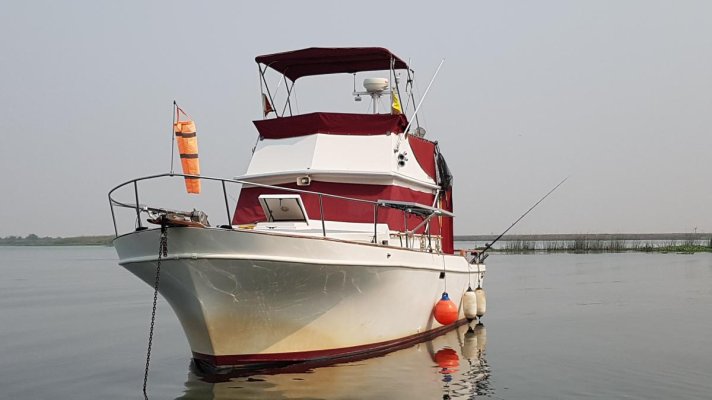I wanna know which two panels you got and where you're located.
I have 2x360 SunPower panels (nominal efficiency in the mid-20s) on my arch, and am in relatively tropical (27N) waters.
There are times when I get over 25A.
But I've probably (dunno for absolute certainty as I only recently upgraded to a recording solar controller) only had 150AH in a day in full sun in summer in the Bahamas. This from a system which hypothetically could make 60A...
But in the winter, my Honda (I took out my genset, for similar reasons, and also my AC, the only reason for having it) gets a lot of work, keeping my 12V 870AH 4xL16H-AC Trojan FLAs happy). It's running right now...
Just in case you wondered, I *have* (on one occasion, only, though I don't sit and watch the meter full time; see above about recording controllers) seen 50A for a few minutes one day in the early spring when brand new...
So, what system do you have which reliably delivers 150AH from two panels?
Pictures: Flying Pig 2015-2018 Shake-and-Break-Down/Electrical Upgrade



